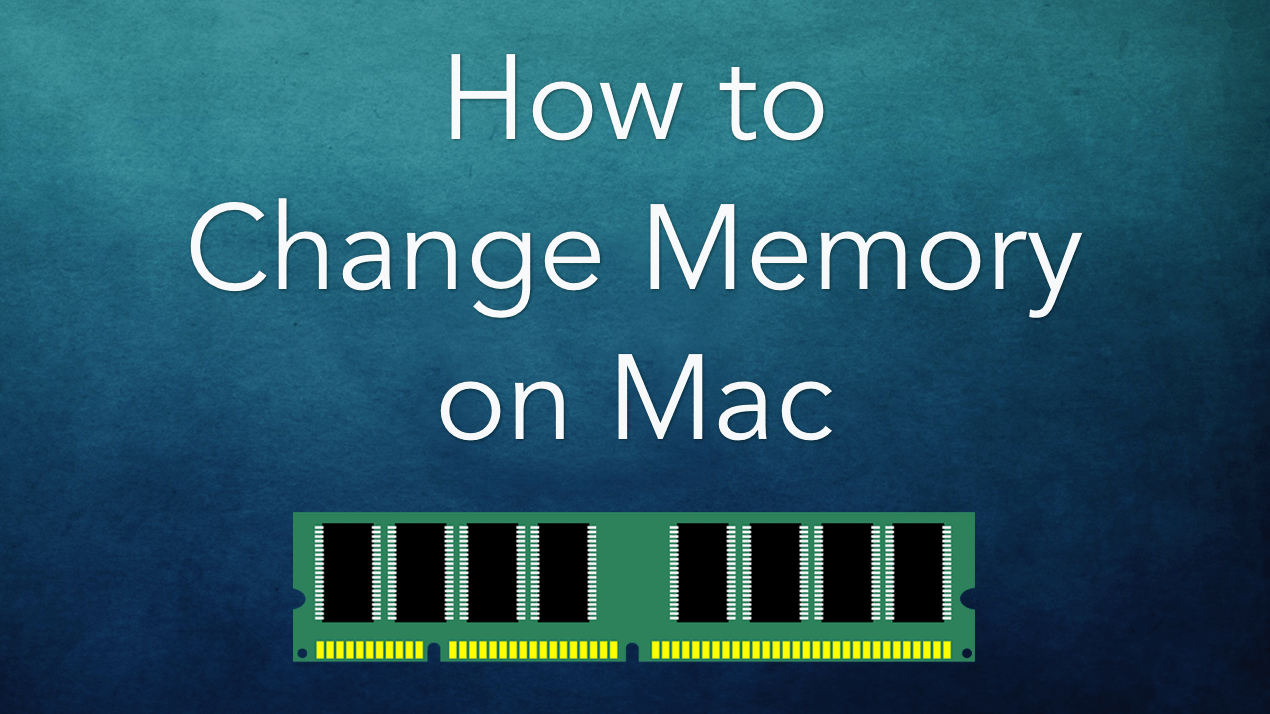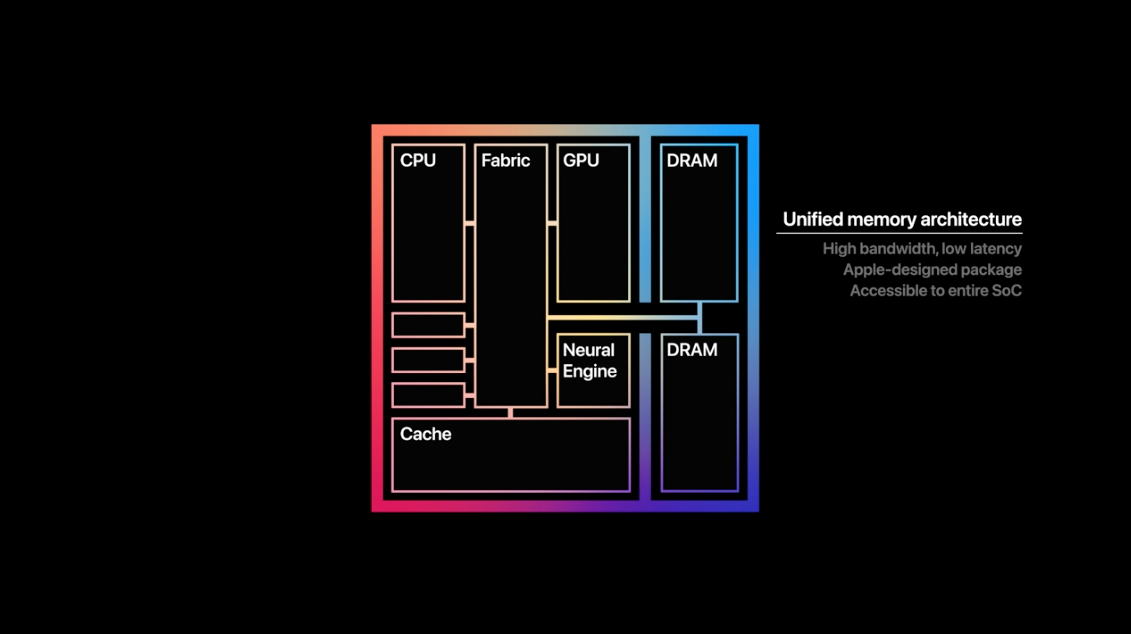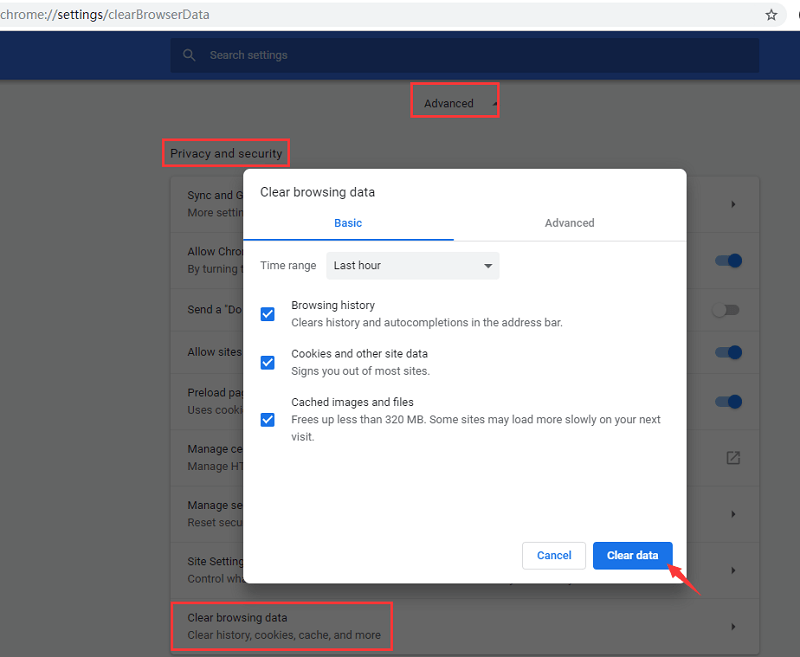One of the most common questions among Mac users today is how to reclaim enough memory to provide great working performance. People are concerned about keeping their Mac in a good condition, so they look for any useful methods for speeding it up. The first solution that comes to mind is to do an effective Mac cleaning to remove unnecessary files and prevent system glitches.

But sometimes users don’t know how to clean Mac to free memory or have no time to clean their PCs manually. We understand that this is a boring or difficult process, but it is highly recommended to start with reclaiming RAM memory. This will definitely be useful for boosting the performance of your computer.
Try These Three Ways to Free Inactive Memory on Mac OS X
- How to clear cache files on Mac. Cache is basically a technical data that is stored when an app, browser or system performs a task. Cache files serve a vital function as they contain a “shortcut” to a task in order to perform it faster the next time.
- Old cache files are mostly useless to your mac in addition to this the ever increasing pile of cache hogs up Macbook’s memory. So in the next few sections, we will cover all the different methods on How to clear cache on Mac. Don’t get any wrong idea that cache files slow your Mac or responsible for all the memory crisis.
- Sep 29, 2020 Clear System Cache and User Cache on Mac System and user caches are the temporary files that allow you to use your macOS every day. For example, the data is stored in the device cache file when you play a game or view a video on your MacBook.
First, let’s clarify what inactive memory is on Mac. Inactive memory is used by recently active and terminated applications. The system of your computer saves this memory in case you want to use these applications again. If you no longer want to open those programs, the inactive memory will eventually be released or transferred.
But what to do when there is not enough memory and you see your Mac’s performance degradation? In this situation, we advise you to clear the inactive RAM by following the instructions below.
Before we begin, let us introduce one very useful and interesting application for Mac, namely MacFly Pro. This innovative cleaning software has been developed to take care of your Mac and keep it in a nice shape. MacFly Pro does the following: it removes inactive or old apps, as well as related files, cleans inactive memory, clears the cache and duplicates, gets rid of language and log files, and scans the overall condition to warn system of violations or threats. So if you want a fast and proper cleaning for your Mac, make sure you download and run MacFly Pro on your PC.
To clear RAM on Mac, you will have to keep Chrome's task manager in check. It can be used to force quit the heavy processes in the browser which uses the RAM. It will directly reduce CPU usage. Just open the Chrome settings, click on More Tools and you will find the Task Manager there. To quickly find and safely remove cache files on your Mac, you can use a special software tool: MacCleaner Pro. The app scans your hard drive and automatically finds all the cache files in just a few seconds. Then, all you need to do to remove caches is to select them from the Clean up Mac section and click the Clean Up button.
And now, we go directly to the ways how to free up ram on Mac:
1. Use Terminal
Open the Terminal application on your Mac.
Then, enter the command below:
sudo purge
After that, enter the password to clear inactive memory.
The advantage of this simple method is that it’s a default application and you don’t need to download any other programs. On the other hand, it might cause some slowdowns and so that you will have to enter the lines one more time.
2. Use Script Editor
The second way how to free up ram mac is to use Script Editor (the most popular technique used by Apple developers). Now, follow these steps:
Launch Script Editor
This is how it looks in an opened window:
Next, write down the following text:

display dialog “Free inactive RAM?” buttons {“Cancel”, “OK”} with icon 2 with title “Freeing RAM” default button 2
set buttonAnswer to the button returned of the result
if buttonAnswer is “ОК” then
say “Freeing RAM. Wait please.”
tell application “Terminal”
do shell script “purge”
quit
end tell
say “Done!”
end if
After that, you should press ⌘+S and save the script in Application folders. Also, select Application format instead of Script.
This specific app is certainly useful, but actually, it is hard to open an app if you urgently need to clean your RAM on a Mac.
3. Use Third-Party Software
The last thing you do to free RAM is to look for and find some efficient cleaning applications. For instance, MacFly Pro is a great digital software and document scanner that will take care of your PC. With this app, you will forget about the necessity to clean Mac manually since it will do it for you in a matter of minutes. What is more, it will constantly support the system and optimize the performance of your Mac OS X.
Please enable JavaScript to view the comments powered by Disqus.Is your Mac running low on storage? Are you not able to spot where your memory is being used? The answer to the question is Cache files. Cache is not unique to Mac, pretty much all operating systems, application and even websites use them to enhance the user experience by diminishing loading time. In this article, Learn How to Clear Cache on Mac.
Delete Ram Cache Mac
The article will help you clear cookies and caches of Mac System, Browser and temporary files.
Caches are elaborately discussed the next section. Many of you may have heard about caches on the mobile devices or are completely new to this term. Don’t worry, after done reading this article you will know everything about cache on Mac.
Contents
Clear Cache On Mac Mini
- 1 Cache on Mac

Cache on Mac
Every time you use any application on your Mac, some files get stored in your computer. These files are called cache files. They basically contain code or information that is used extensively on information that is common. This is not a new feature and is proven to vastly increase the performance of your Mac. Caches are stored locally on your Mac, but you cannot spot caches file straightaway as it is located inside ~/ Library.
Caches are updated regularly by the applications that you open, thus cache size keeps on increasing. Old cache files are mostly useless to your mac in addition to this the ever increasing pile of cache hogs up Macbook’s memory.
So in the next few sections, we will cover all the different methods on How to clear cache on Mac. Don’t get any wrong idea that cache files slow your Mac or responsible for all the memory crisis. If you delete all the caches from the computer, you will observe poor performance of Mac for some time as there are no cache files available to speed up the loading process. So, delete cache files only when great memory fiasco happen.
How To Free Up Memory (RAM) On A Mac - Macworld UK
Categories of Cache in Mac
In this section, we shall discuss cache on Mac in more detail, if you are in a hurry then you could skip this section. In Mac OS, the cache data can be sub-categorized into three main types:
- Browser – Caches generated by browsers are stored. Browsers generate an awful lot of caches depending on the usage. It apparently makes the page loading faster but consumes too much of memory. More on this in the next section.
- System – As the name suggests, the cache’s data generated byMac Os and other system applications are stored here. A simple rule, never play with system files, although you can use 3rd party applications to delete useless system cache.
- User (including App & DNS) – Lastly, caches generated by all the 3rd party applications eg. Mail, etc including DNS caches i.e when you visit any website its name and other information regarding website get stored in a cache file.
How to Clear Cache on Mac [System Cache]
The section will guide you to clear MacOS System cache and User Cache. To delete Browser cache go to the next section. We will manually delete caches and by the time we are finished more than 60% of cache space will get freed. Yay!
1. Open Finder and select “Go to Folder” in the Go menu (or use shortcut Shift + Cmd + G).
2. Type in ‘~/Library/Caches’ and press Enter from the keyboard. A long list of folders will appear specific to each application in your computer
3. Go into each of the folders and delete all the files in them. Don’t go reckless, delete from those folder that you are familier with.
To flush DNS cache manually, open ‘Terminal’ and type ‘ sudo dscacheutil -flushcache;sudo killall -HUP mDNSResponder;say cache flushed ‘ and press enter then provide the admin password to delete.
For OS X 10.10.0-10.10.3, use this command instead ‘ sudo discoveryutil mdnsflushcache;sudo discoveryutil udnsflushcaches;say flushed ‘.
How to Clear Mac Browser cache
Browsers are application but so much caches are generated by them thatsway they deserve a special category. Some experts suggest clearing browser caches for privacy concerns. Although browser cache doesn’t contain personal information, unlike cookies. All the major browsers support clearing cache on website level, it comes in handy when you want to free up some space but do not want your favorite website to load slower.
For Safari browser, click on ‘Safari’ then on ‘preferences’. Select the Advanced tab and enable the ‘Show Develop menu’. Finally, go to Develop located on the menu bar and click on ‘Empty Caches’. Done!
For Firefox browser, select ‘Privacy & Security’ by clicking on the icon located on the top right corner. Then, navigate to ‘Cached web content’ section. Click on ‘Clear Now’ to delete all the caches in Firefox.
For Chrome browser, go to ‘Settings’ then click on Advanced settings. Select “Clear browsing data” and select ‘Cached images and files’ and finally, click on ‘Clear data’.
***Note:- Browsers are updated regularly, settings might get changed but most certainly this guide shall work for a long time to come. ***
Also Read: How to Clear Browser History in Mac
CleanMyMac
If you don’t want to go through any trouble just download CleanMyMac X [Internet Required]. It is the top rated most popular app in this category. It can clear all the 3 types of caches automatically. You don’t need a manual to use this user-friendly application. It is available in both free and paid versions. Screenshot of this application is shared below.
This is how you can delete your cache on Mac easily without any manual work!!
Conclusion
We have provided manual as well as automatic methods on How to Clear Cache on Mac. In our opinion, CleanMyMac is a better option as it reduces effort and time. But again, if you do not want to install any application in your Mac then, use the manual method. Works like a charm!
Although this article is all about deleting cache on Mac OS but, we would advise you to only delete caches when necessary. Browser caches can be deleted without any hesitation, but it will slow down page load time substantially and also consume more data for the first time a page loads.
Stay tuned for more on Mac!
Related Posts:
